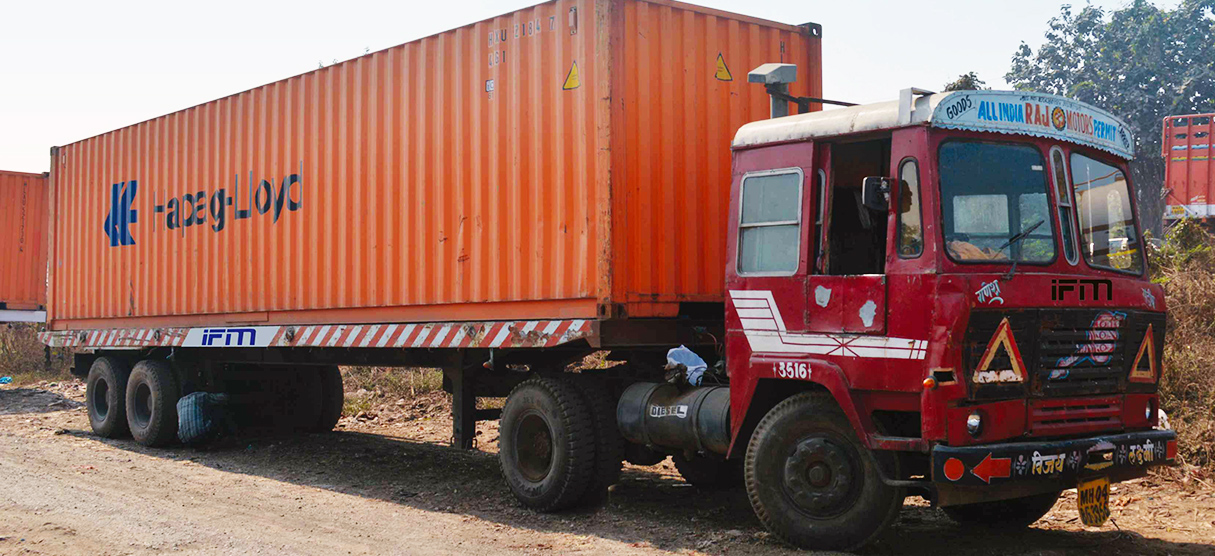Shipping containers play a crucial role in global trade, facilitating the transportation of goods across vast distances. While their primary purpose is to transport goods from one location to another, the question of how shipping containers get returned is often overlooked. In this blog post, we will delve into the intricacies of the return journey of shipping containers, exploring the logistics and processes involved.
- The Importance of Container Returns:
Shipping containers are valuable assets, and their efficient return is essential for maintaining a well-functioning supply chain. Returning containers promptly ensures their availability for future shipments, reduces costs, and minimizes environmental impact. Understanding the process of container returns is vital for businesses and individuals involved in international trade. - Empty Container Repositioning:
After unloading goods at their destination, shipping containers become empty and need to be repositioned for their return journey. This process, known as empty container repositioning, involves moving empty containers from the destination port to the origin port or other locations where they are in demand. Efficient repositioning is crucial to avoid imbalances in container availability and to optimize the utilization of shipping resources. - Container Tracking and Management Systems:
To streamline the return journey of shipping containers, advanced tracking and management systems are employed. These systems utilize technologies such as GPS and RFID to monitor container movements, track their location, and ensure timely return. By providing real-time visibility, these systems enable stakeholders to plan and manage container returns more effectively. - Collaboration and Partnerships:
Container returns require collaboration among various stakeholders, including shipping lines, freight forwarders, logistics providers, and terminal operators. Establishing partnerships and agreements between these entities is crucial for efficient container return processes. Collaborative efforts can include sharing container information, coordinating repositioning efforts, and optimizing container utilization. - Container Return Options:
There are several options for returning shipping containers. One common method is to return them to the port of origin directly. Another option is to utilize intermodal transportation, where containers are transported by rail or truck to their designated return location. Additionally, container leasing companies often play a role in managing container returns, providing flexibility and convenience for businesses.
Conclusion:
The return journey of shipping containers is a complex process that involves careful planning, collaboration, and the use of advanced tracking and management systems. Understanding how shipping containers get returned is essential for optimizing supply chain operations, reducing costs, and ensuring the availability of containers for future shipments. By implementing efficient container return processes, businesses can contribute to a more sustainable and streamlined global trade ecosystem.
